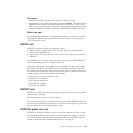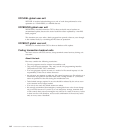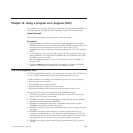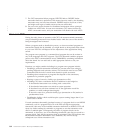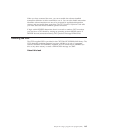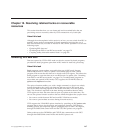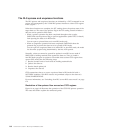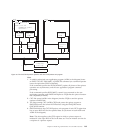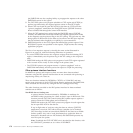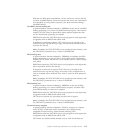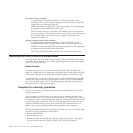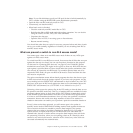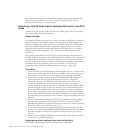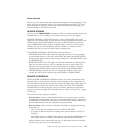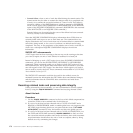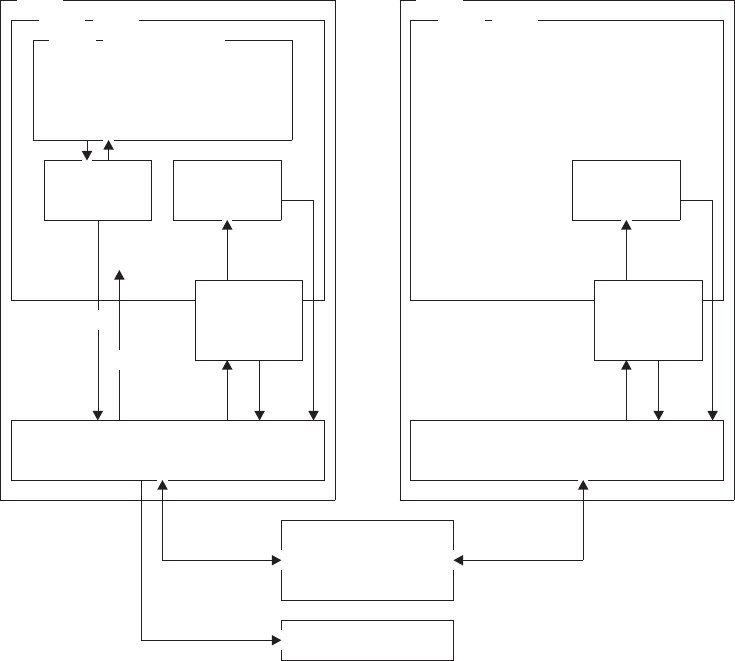
Note:
1. A suitably-authorized user application program (AOR1 in the diagram) issues
an EXEC CICS SET DSNAME(...) QUIESCED command (or a terminal operator
issues the equivalent CEMT command).
If the command specifies the BUSY(NOWAIT) option, all phases of the quiesce
operation are asynchronous, and the user application program continues
processing.
If the command specifies BUSY(WAIT), control is not returned to the user
application program until SMSVSAM replies to CFQS that the quiesce function
has completed (or failed).
2. CICS file control (AOR1 in the diagram) invokes CFQS to send the quiesce
request to SMSVSAM.
3. The long-running CICS (AOR1) CFQS task passes the quiesce request to
SMSVSAM across the control ACB interface using the IDAQUIES macro
QUICLOSE function.
4. SMSVSAM drives the CICS RLS quiesce exit program of each CICS region that
has an open RLS ACB for the specified data set (as shown in both AOR1 and
AOR2 in the diagram).
Note: This also applies to the CICS region in which a quiesce request is
initiated if it has open RLS ACBs for the data set. Thus an initiator can also be
a recipient of a quiesce request.
MVS1 MVS2
CICS AOR1 CICS AOR2
User transaction
issues:
EXEC CICS SET
DSNAME(ds_name)
1 QUIESCED
CICS task CICS task CICS task
2 CFQS CFQR CFQR
56 56
CICS RLS CICS RLS
3 quiesce quiesce
exit exit
8
44
SMSVSAM SMSVSAM
MVS
Coupling
7 4a facility 4a
ICF catalog
Figure 16. The CICS RLS quiesce operation with the CICS quiesce exit program
Chapter 15. Resolving retained locks on recoverable resources 169



